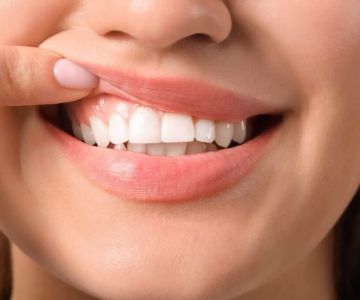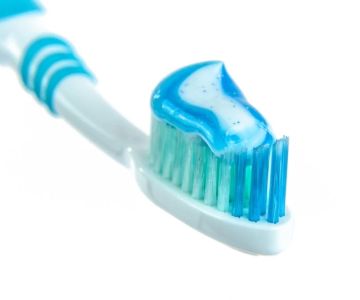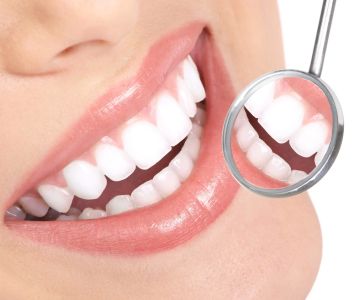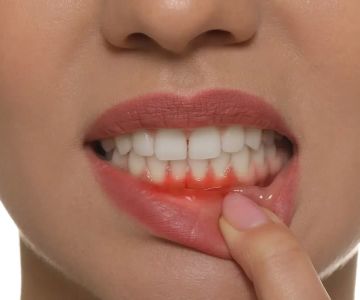What are the Treatment Options for Gingivitis and Periodontitis?
Maintaining good oral health is essential for overall well-being, and understanding the various treatment options for gingivitis and periodontitis is crucial for anyone dealing with gum issues. Gum diseases not only affect your oral health but can also have broader implications for your systemic health. In the United States, millions of people suffer from these conditions, which, if left untreated, could lead to tooth loss and other severe health issues. This article will explore the variety of treatment options available for gingivitis and periodontitis, ranging from non-invasive therapies to surgical interventions. Let’s dive into how these conditions can be managed effectively for optimal oral health.
Understanding Gingivitis and Initial Treatment Options
Gingivitis, the mildest form of gum disease, is characterized by redness, swelling, and bleeding of the gums. Fortunately, it is reversible with proper oral hygiene and professional treatment. The primary goal in treating gingivitis is to reduce inflammation and restore gum health. Non-surgical treatments suffice for most gingivitis cases and include professional dental cleanings, known as prophylaxis, which aim to remove plaque and tartar. Following this, patients are usually advised to maintain diligent oral hygiene practices at home, such as brushing twice daily and flossing regularly. Another effective method for gingivitis management is the use of antimicrobial mouthwash prescribed by dental professionals to reduce bacterial load in the mouth.
Advanced Treatment Options for Periodontitis
When gingivitis is left untreated, it can progress to periodontitis, a more severe form of gum disease that damages the bone and tissue supporting the teeth. Treating periodontitis often requires more intensive interventions. Scaling and root planing is a deep-cleaning procedure where dental professionals remove bacteria from beneath the gums. This procedure is often followed by adjunctive therapies such as the use of antibiotics or localized antimicrobials to further combat infection.
In more advanced cases, periodontal surgery might be necessary. Procedures such as flap surgery and bone grafts may be performed to repair damage caused by periodontitis. Flap surgery involves lifting the gums to remove tartar and then suturing them back in place for better tooth support, while bone grafts are used to regenerate lost bone tissue.
Maintenance and Prevention
The successful treatment of gingivitis and periodontitis heavily relies on ongoing maintenance and preventive care. After initial treatments, patients are typically placed on a maintenance program, where they receive professional cleanings more frequently than the standard biannual check-ups. The aim is to monitor gum health closely, prevent relapse, and tackle any emerging issues swiftly. Patients are also advised to adopt lifestyle changes that benefit oral health, such as quitting smoking and managing diabetes, both of which are risk factors for gum disease progression. Regular visits to your dentist and periodontist become crucial components of long-term oral health management.
Emerging Trends in Gum Disease Treatment
Recent advancements in dental care have introduced innovative treatment options for gingivitis and periodontitis. These include laser therapy, which targets infected tissues and promotes healing, and the use of probiotics to balance the oral microbiome. Both techniques have shown promise in clinical studies, offering less invasive options for managing gum disease compared to traditional treatments. Moreover, the integration of digital tools, such as periodontal probes and imaging systems, allows for more precise diagnostics and personalized treatment plans.
Conclusion
The treatment options for gingivitis and periodontitis are diverse, ranging from simple oral hygiene practices to sophisticated surgical procedures. It's essential to address these conditions promptly to maintain oral and overall health. By understanding these treatments and incorporating preventive measures, you can significantly reduce the risk of gum disease progression. For those looking for reliable information and resources, consider visiting Dentistry Toothtruth for expert guidance and support. Remember, early intervention and maintaining a robust oral hygiene routine are key to preventing and managing gum diseases effectively. Schedule regular dental check-ups and discuss the best treatment options for your specific condition with your dentist.







 A Tooth Fairy Dental4.0 (463 review)
A Tooth Fairy Dental4.0 (463 review) Robert Niles5.0 (2 review)
Robert Niles5.0 (2 review) Baldwin Park Family Dentistry4.0 (16 review)
Baldwin Park Family Dentistry4.0 (16 review) Northborough Dental Associates4.0 (261 review)
Northborough Dental Associates4.0 (261 review) Advanced Dentistry of Phoenixville4.0 (543 review)
Advanced Dentistry of Phoenixville4.0 (543 review) Main Street Dental Center City: Dr. Richard Eidelson4.0 (119 review)
Main Street Dental Center City: Dr. Richard Eidelson4.0 (119 review) The Importance of Oral Health Education During Pregnancy for a Healthy Pregnancy
The Importance of Oral Health Education During Pregnancy for a Healthy Pregnancy Best Tips for Brushing Your Teeth Properly for Healthy Gums: Essential Techniques for Oral Health
Best Tips for Brushing Your Teeth Properly for Healthy Gums: Essential Techniques for Oral Health Why Skipping Dental Checkups Can Lead to Bigger Oral Health Problems
Why Skipping Dental Checkups Can Lead to Bigger Oral Health Problems Advantages of Porcelain Dental Restorations
Advantages of Porcelain Dental Restorations How Can Diabetes Cause Tooth and Gum Problems? Preventing and Managing Oral Health Issues
How Can Diabetes Cause Tooth and Gum Problems? Preventing and Managing Oral Health Issues Healthy Habits for Promoting Good Oral Health and Hygiene: Tips for a Healthy Smile
Healthy Habits for Promoting Good Oral Health and Hygiene: Tips for a Healthy Smile